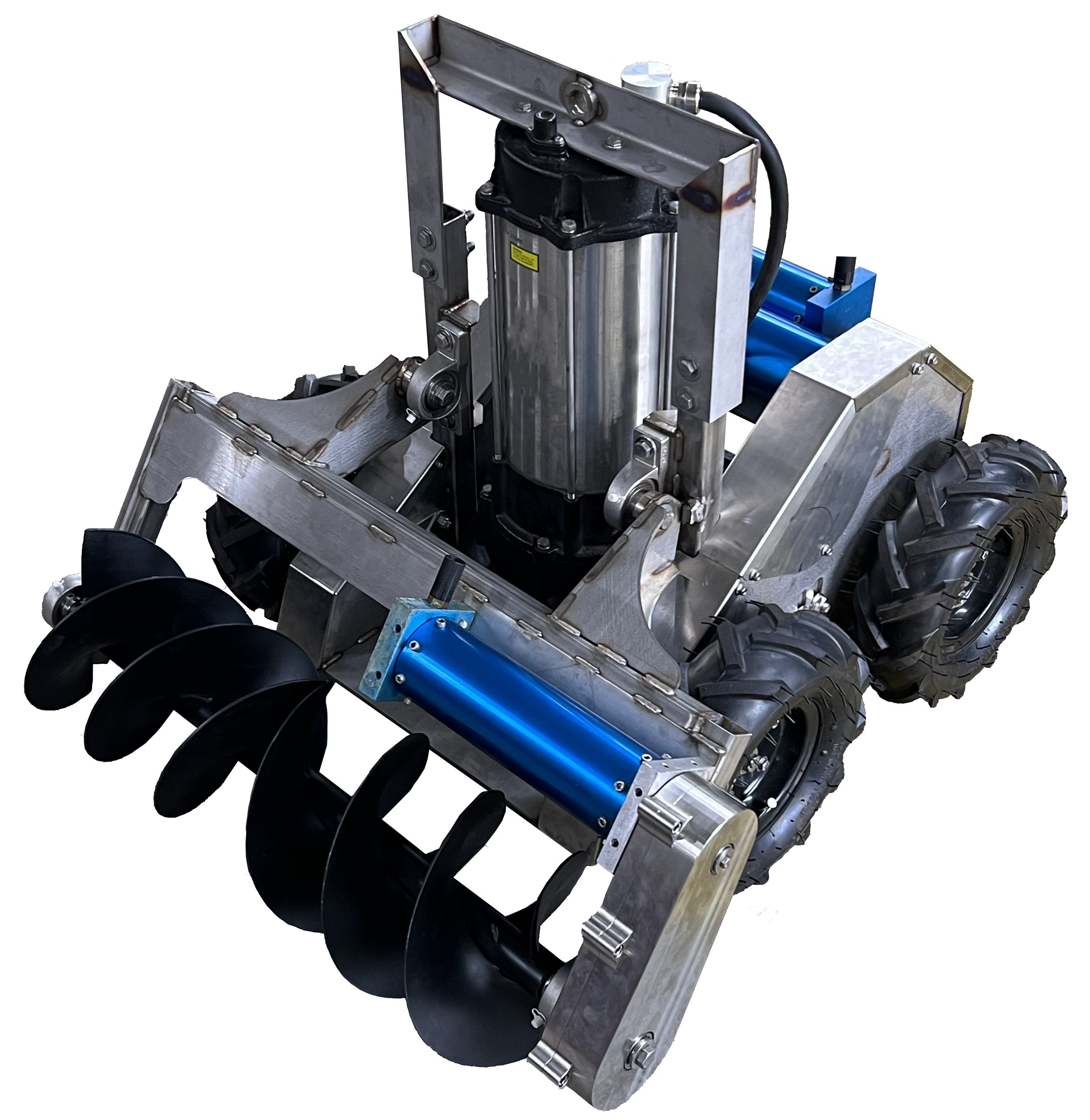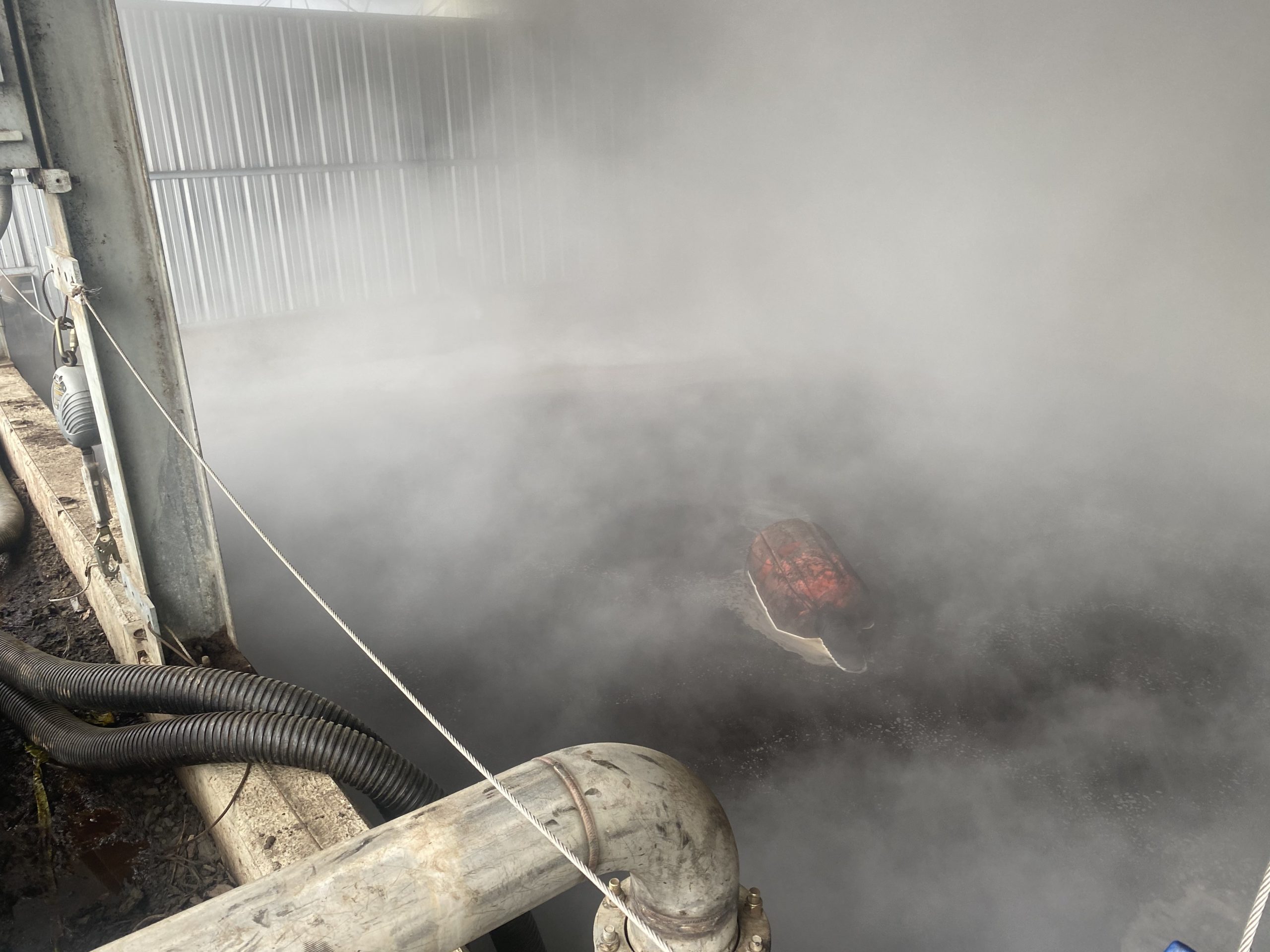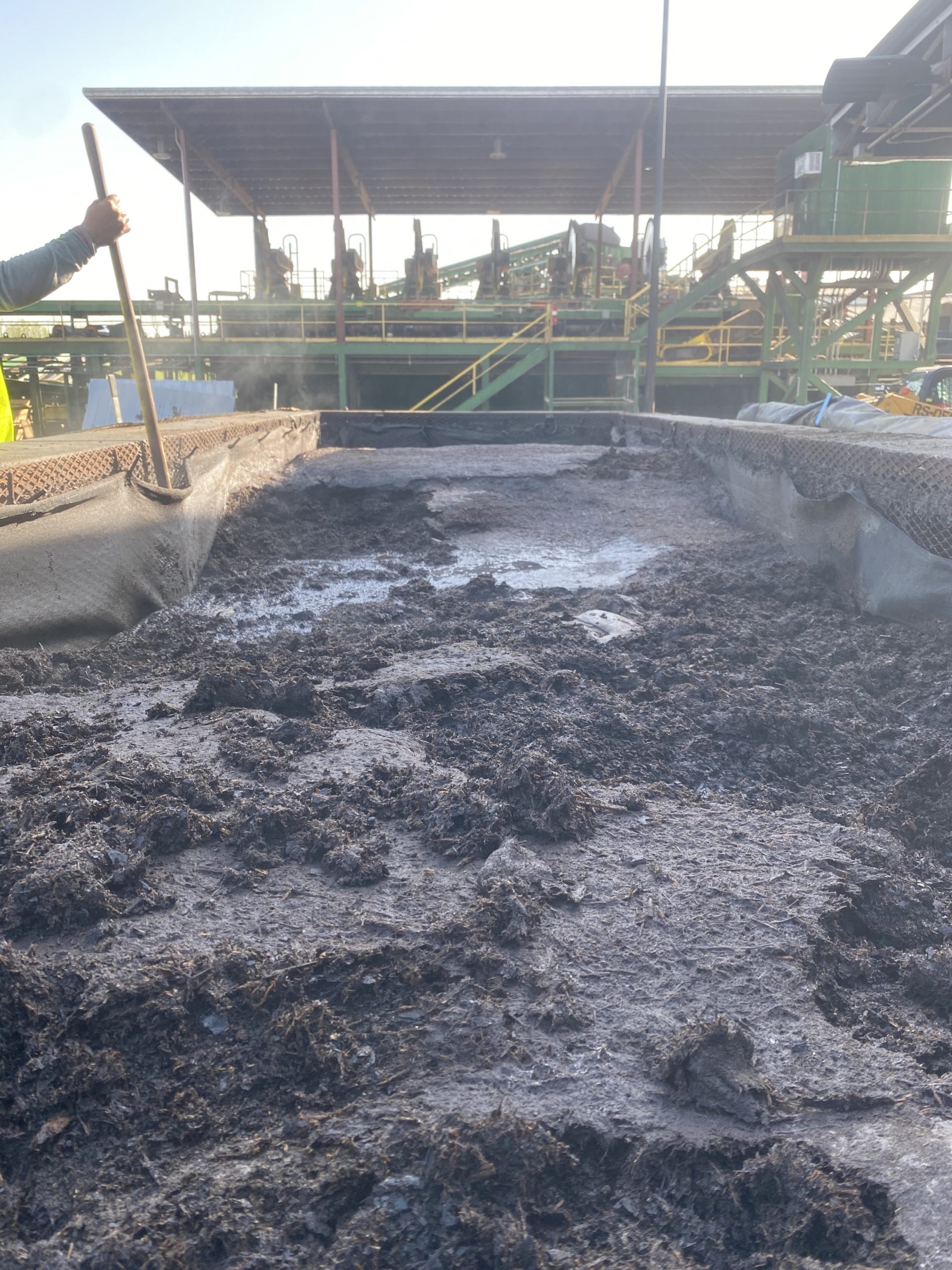Paper & Pulp
Paper & Pulp Micro-Dredging
Paper and pulp producers sometimes work in unforgiving environments with heavy equipment, corrosive chemicals, in extreme pressure and temperature conditions. That can make normal day-to-day operations a challenge, and industrial tank cleaning a costly, dangerous, and time-consuming task.
With robotic tank cleaning, we use advanced technology to take many of these worries and concerns away. By using remote-controlled machines to remove sediment, we remove liability and the risk to human life. And, we do it all while eliminating the need to shut down equipment or engage in wet material disposal.
Robotic Cleaning Benefits
Why Robotic Micro-Dredging is the Perfect Option for Paper and Pulp Plants
- We can operate our robots in spaces that would be off-limits to human divers, including cooling towers, sumps, clarifiers, and retention pumps. We can also evaluate and clean a variety of tanks, such as stormwater tanks, firewater tanks, wastewater tanks, and potable water tanks.
- Although we are best known for industrial tank cleaning, we can use cameras and diagnostic tools to map out spaces, measure sediment, and evaluate the structural condition of an enclosure.
- Once tank cleaning begins, our robots can work around the clock without any loss of safety or efficiency. Even better, they can operate in the background without bringing any of your equipment or systems off-line.
- Our robots aren’t affected by high heat or toxic chemicals. In fact, they won’t even disturb fluids in a tank, so there isn’t any need to drain your equipment or waste expensive chemicals
Robotic sludge removal isn’t just the way of the future – it’s the safe, efficient choice for paper and pulp producers today.

Contact Us
Contact Us Today to Learn More about Micro-Dredging for the Paper & Pulp Industry
Would you make your plant or facility safer and save on cleaning costs and overhead expenses at the same time? Contact Sciphyn for a quote today!
We used our robots to clean out this mulch pit while it remained in full operation. The water temperature was 185 degrees!


